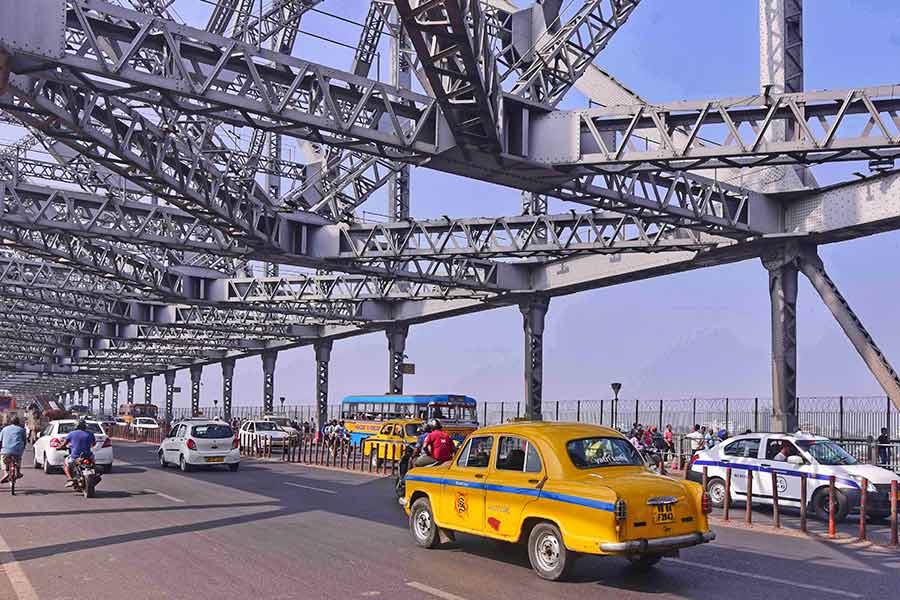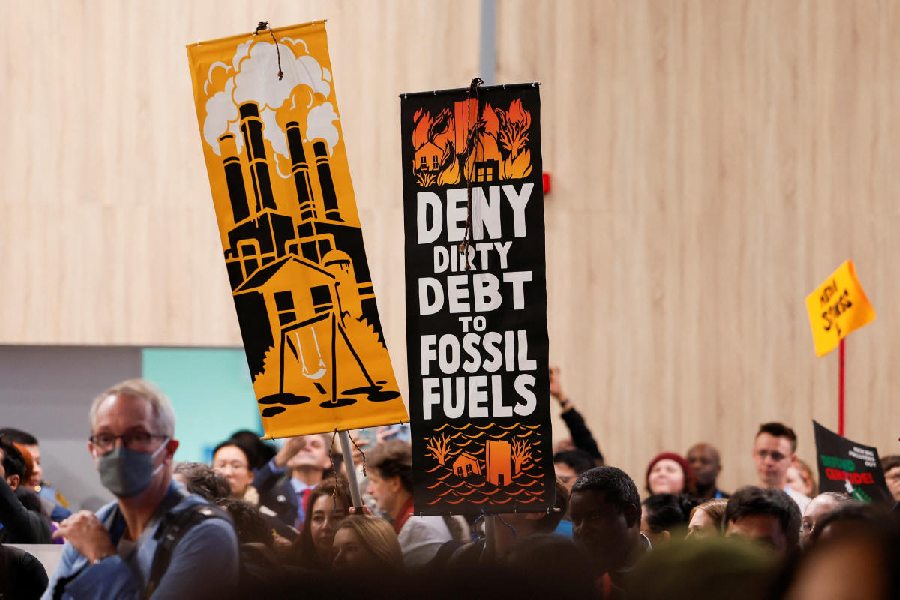 Sunday, 17 November 2024
Sunday, 17 November 2024
 Sunday, 17 November 2024
Sunday, 17 November 2024
Google Maps has recently introduced AQI tracking to help people track pollution levels, but the data the app is showing for Kolkata are not correct, a top official of the West Bengal Pollution Control Board told The Telegraph Online.
In the updated Google Maps app, users can now see AQI data for their locality. For example, at 1.50pm on Saturday, the app was showing AQI of 297 in central Calcutta. However, the official figure is between 160 and 175.
The Air Quality Index (AQI) is divided into six different categories: Good (0-50), Satisfactory (51-100), Moderately Polluted (101-200), Poor (201-300), Very Poor (301-400), and Severe (401-500). It is calculated using eight pollutants: PM10, PM2.5, NO2, SO2, CO, O3, NH3, and Pb, based on their 24-hour average levels. Further a sub-index is determined for each pollutant, and the highest sub-index shows the overall AQI.
In the past two days, Google’s tracker has shown AQI levels in some areas exceeding 300.
Dr Kalyan Rudra, chairman of the West Bengal Pollution Control Board (WBPC), refused to acknowledge the Google Maps data.
“The monitoring stations by WBPC [West Bengal Pollution Control Board] must be checked to know about the AQI levels in the city,” Rudra told The Telegraph Online.
“There is no uniform AQI for the entire city. We have about 22 monitoring stations throughout Kolkata. A few minutes back the AQI was varying between 160-175.
“The Google tracker AQI depends on satellite data and that is not real-time monitoring,” he cautioned. “It is always advisable to check real-time data which is uploaded in the central government’s pollution control website [https://cpcb.nic.in/]. The real-time data is dynamic, which changes every 15 mins and this is the correct way to check it. It will never reach 300 AQI in Kolkata, as per my knowledge.”
At 1pm the central government pollution control board tracker was showing AQI of 152, which is under the moderate category, in the Victoria monitoring station.
Festivities and rising pollution
While the situation may not be as dire as Google Maps says it is, Kolkata’s air quality has dipped with the temperature.
“The major cause of increase in air pollution in Kolkata is the extreme usage of fire crackers,” said Biswajit Mukherjee, a retired chief law officer of the Bengal pollution control board, who runs an NGO focused on environmental issues.
“The season post the festivities is also dry, the bhashan during the pujas, and the immense travelling has led to this increase. During such a time, it is the responsibility of the Kolkata corporation to use a water sprinkler, this never happens in this city which is used in Delhi. Earlier Kolkata had numerous water bodies where the dust particles used to settle. This is not the case now.
“Construction work has also caused pollution,” Mukherjee said. “The municipality has to take responsibility for this. From our end, we repeatedly informed the government to ban fire crackers in Kolkata, which was not done and hence we have to suffer today. Today our monsoon season is postponed, owing to which it was the rainy season prior to Durga Puja and also less pollution compared to what it is now.”
But Mukherjee also cautioned against going by Google Maps.
“The Pollution Control Board has all the real-time and correct data, I suggest that the real time must be checked here and people must not rely on any secondary sources and websites,” he said Mukherjee.







